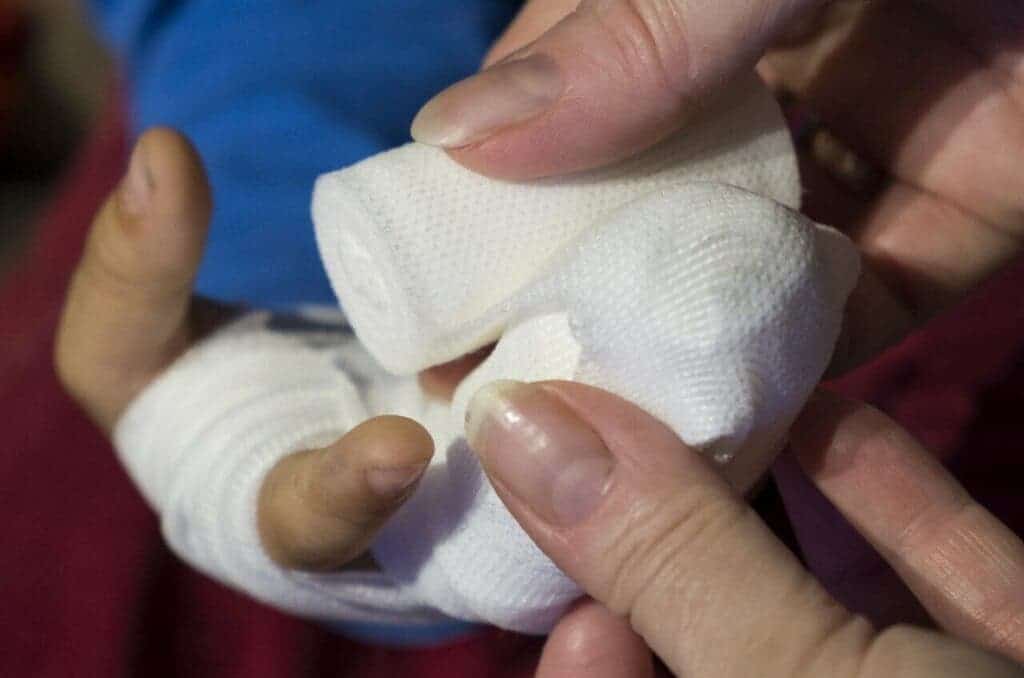Monitoring how a wound is healing is trickier than it seems. Doctors usually do this by removing the bandage and checking the wound’s moisture, but this is quite problematic as it also disturbs the healing process. Now, in a new study, researchers have come up with a new “smart bandage” with sensors to check the status of the wound.

Wound healing is a physiological process through which damaged tissues repair themselves. If disrupted, the wound enters an inflammation state that can become chronic. The healing process also depends on several factors, the most relevant being moisture level — if it’s too high or too low it can alter the recovery of the wound — and removing a bandage can do just that. But with sensors, you may not need to take off the bandage to see how your wound is doing.
Miniaturized wearable sensors and readers have been developed to monitor sweat, tears, or saliva, but they haven’t been much investigated for wounds. Most common sensors couldn’t be used on wounds due to the wide range and challenges of wounds so a new approach was long overdue.
“We developed a range of bandages with various layers and different absorption properties and characteristics,” Luca Possanzini, co-author from the University of Bologna, said. “The idea is that each type of wound could have its own appropriate dressing, from slowly exuding wounds to highly exuding wounds, such as blisters.”
Taking care of wounds
The new bandage, developed by Possanzini and researchers at the University of Bologna, comes with a set of sensors that read moisture levels and then transmits the data to an app on a smartphone. The information is then used by doctors to know whether the wound has properly healed without having to take the bandage off.
The technology could be a game-changer in the way doctors monitor wounds — although it’s just a prototype for now. The researchers haven’t said when it would be commercially available or how much it would cost. But they explained it would be low-cost and disposable, as they have chosen inexpensive materials for designing it.
The bandage comes with a radio-frequency identification (RFID) chip, which is the same size as a grain of rice and is already used on contactless cards. The researchers applied a conductive polymer called PEDOT: PSS onto two different types of gauzes, gauze rayon, and gauze PET. Gauze is a thin transparent fabric that is wrapped around a wound.
“PEDOT:PSS is an organic semiconducting polymer that can be easily deposited on several substrates as a standard ink,” Marta Tessarolo, co-author of the study, said. “We also incorporated a cheap, disposable and bandage-compatible RFID tag, similar to those used for clothing security tags, into the textile patch. The tan can wirelessly communicate moisture levels.”
The researchers tested the bandage by exposing it to an artificial version of exudate, the liquid that oozes from wounds, and also tested different materials and shapes. The bandage was in fact very sensitive and provided different readings between moist, dry, and saturated conditions. This suggests it would be a good ally for doctors in the near future.
The study was published in the journal Frontiers.


